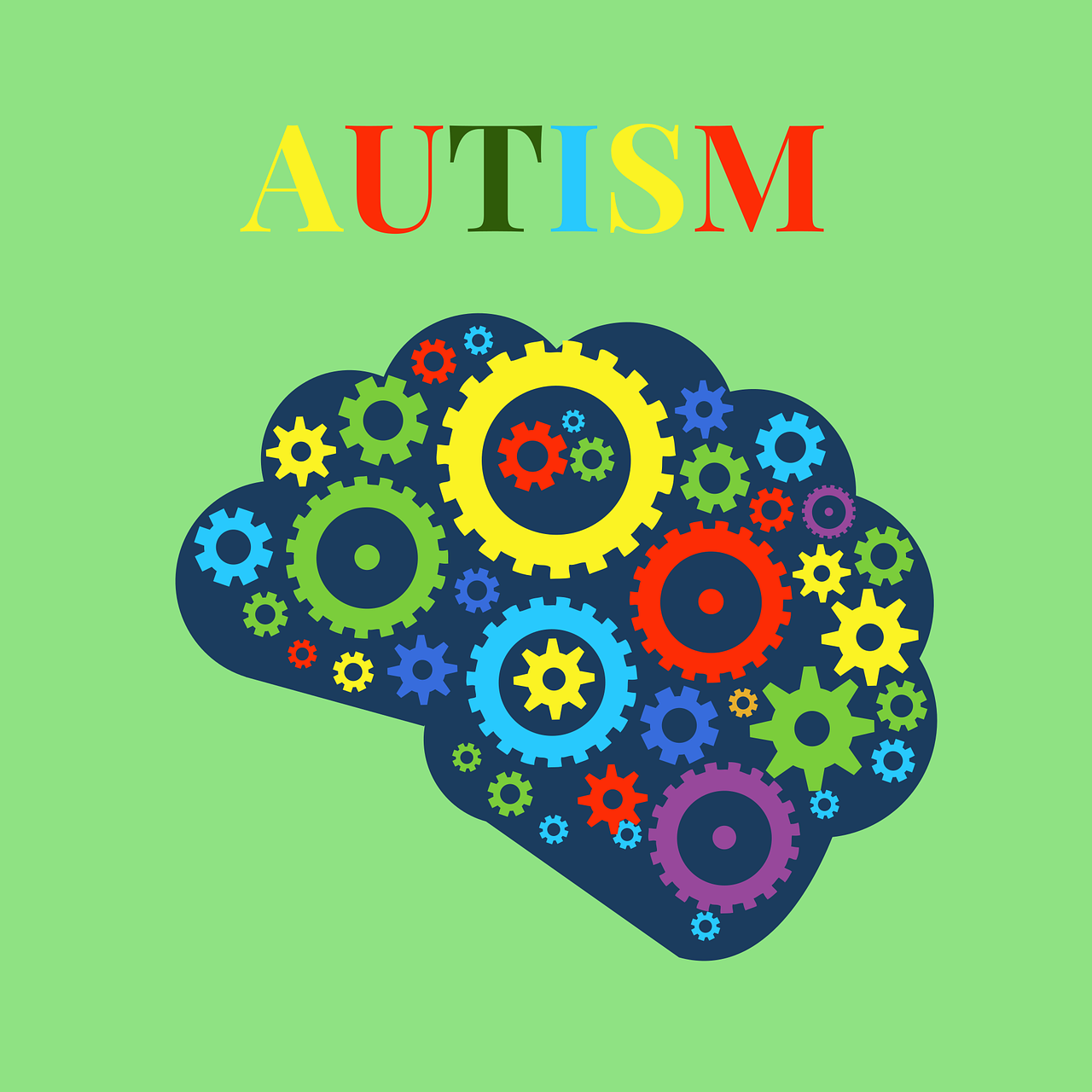Beyond Stereotypes: Authentic Portrayals of Autism in Books and Media
We often don't see authentic portrayals of autism in literature, as autistic characters are usually reduced to stereotypes and clichés. Autism is a neurodevelopmental condition. Being autistic has qualities that can be disabling, but it is not an entirely negative condition. The reality of autism is that it is a complex umbrella term with many different elements across a broad spectrum, and if you've met one autistic person, you've only met one autistic person.
Changing Perceptions of Autism Over Time
Largely over the past decade, we've seen a growth in autism awareness, acceptance, and understanding. The changing perceptions of autism over time can be seen when we look at how there is a greater understanding of autism as a spectrum rather than a rigid disability.
The term autism was first used in the 1910s when looking at schizophrenia, and for a long time, the condition was seen as a mental disorder. In the modern world, the autistic community and many in the field of neurology have promoted autism as a different way of being rather than an illness that needs to be cured.
Despite more available knowledge, we often don't see realistic portrayals of autism in the media. Often times, people struggle to avoid stereotypes in autism representation. Portraying autism accurately is something many non-autistic authors struggle with because, as a society, we have not fully debunked autism myths and misconceptions.

Debunking Autism Myths and Misconceptions
How can we ensure authentic portrayals of autism in literature? For starters, we can take into account these six things to promote autism awareness and acceptance.
- Autism is often thought to be more common in boys than girls; however, this is not the case. While exact figures of autism in boys and girls may differ from place to place, it's not true to say it is more common in boys. Really, it's a matter of autism being more commonly diagnosed in boys than girls. This is due to a variety of factors, including how boys and girls are socialized differently from a young age and have different expectations for appropriate behavior.
- Traditionally, autism is viewed as something children have, so does that mean we can grow out of it? The reality is that autism is not something age-specific; it is a lifelong condition. The reason autism presents itself differently in children than adults is the same reason that non-autistic people change as they grow. Naturally, as we age, we change, develop, and learn how to deal with strong emotions and challenges.
- A huge misconception about autism is that it can be cured. This is not the case. An autistic person cannot be made not autistic. Often times, autistic people are forced to mask their traits and act in ways that make them uncomfortable so that they do not appear autistic. However, you cannot stop somebody from being autistic.
- A notorious lie about autism is that people can be made autistic by vaccines. This was a fraudulent study made by a doctor in bad faith in the late 1990s. The claim was taken back by the doctor, having been completely disproven, and the doctor in question had his license taken away. There is no way to give someone autism.
- While autism is now more commonly diagnosed than it would have been 50 years ago, this does not mean it is more common. There is now a great understanding of autism as a spectrum that encapsulates many different traits. In addition to this, there is more available care and services to get a diagnosis. And it has to be factored in that there is now less social pressure on individuals to come forward and be open about their diagnosis of autism.
- Autistic people are often portrayed as having no empathy. This is an unfair stereotype. Being autistic does not mean someone lacks empathy. A person with or without autism could experience or lack empathy. In fact, it's common for autistic people to experience especially intense empathetic feelings.
Debunking autism myths and misconceptions allows us to promote realistic portrayals of autism in the media and avoid autism stereotypes in autism representation.
Understanding Autism as a Spectrum
One thing you need to understand when portraying autism accurately is that autism is a broad spectrum with many different aspects. One of the main ways there have been changes to the perception of autism over time is that it is not possible to reduce it down to a handful of symptoms. While there are common traits among most autistic people, the way they manifest is not always the same.
A stereotype for autism is a lack of desire to socialize. While there may be autistic people who do not wish to socialize (just as there may be non-autistic people who do not want to socialize), it's not something that occurs across the board in autism. For a more realistic portrayal of autism, we may see someone who often struggles with conventional socializing. It may be hard for an autistic person to read subtle social cues, and they may prefer direct communication. Sometimes, autistic people will struggle with knowing when to stop talking, while on the other hand, some autistic people may not be very vocal. So we can see that when understanding autism as a spectrum, while there are common broad characteristics in autistic people, realistic portrayals of autism in the media should show that individual traits of an autistic person can manifest themselves very differently.
Like everybody else, autistic people have strengths and weaknesses. One difference between an autistic persona and a non-autistic person tends to be that the gap between strengths and weaknesses is often much larger. So, an autistic person could thrive academically but struggle to carry out basic household chores.
Portraying Autism Accurately
So, what does an authentic portrayal of autism in literature look like? As we have discussed, autistic people are not all the same; however, there are common characteristics across people with autism. Just like there are common themes in different genres of books, not every book has the same theme, and not every autistic person has the same autistic traits.
When looking at creating realistic portrayals of autism in the media, we may see:
- A person with a very intense specific interest (it does not always have to be trains!)
- A person who struggles with eye contact or initiating conversations
- A person who prefers to stick to a rigid routine
- A person who experiences emotions more intensely than a non-autistic person
- A person who has co-occurring conditions with autism
- A person who has sensory difficulties, such as struggling with loud noises or not wanting to eat food of a certain color
Portraying autism accurately will generally involve including some of those traits (although they are not the only ones).

Realistic Autism Portrayal
One key feature of autism is comorbidity, which is the presence of multiple conditions at the same time. For an authentic portrayal of autism in literature, an autistic character should show signs of co-occurring conditions with autism.
Co-occurring Conditions With Autism
Here are four conditions that are often present alongside autism:
- Dyspraxia
- ADHD
- OCD
- Chronic Anxiety
In terms of avoiding stereotypes in autism representation, it's important to note that not all autistic people have the same comorbidity, which furthers the notion that not all autistic people are the same.
Avoiding Stereotypes in Autism Representation
Like any marginalized group, it's important to avoid stereotypes in autism representation.
We often see autistic people portrayed as savants of sorts. The most famous example is Dustin Hoffman's character in the movie Rainman. While this character was certainly autistic, that's not actually where they got their super math's ability. Rather than being an example of a realistic portrayal of autism in the media, this film is actually a realistic portrayal of savant syndrome. Savant syndrome manifests as an individual being incredibly highly skilled at something (mathematics, for example) but being very underskilled in other aspects of life. While people with savant syndrome tend to always be autistic, it is not the case that autistic people always have savant syndrome. Even in autistic people, savant syndrome is very rare, so when portraying autism with authenticity in books, it wouldn't be accurate to make every autistic person a super genius!
A key part of autism awareness we've looked at is understanding autism as a spectrum, so to portray autism accurately, it's crucial to understand that the condition is not one size fits all.
Portraying Autism With Authenticity in Books
So how can we portray autism accurately? The best way forward is to have more than one character who is autistic. This way, you can give a realistic portrayal of the autism of two characters who have it while it manifests in different ways.
As with writing about diverse characters, autistic characters should not just exist in books purely as a prop for the non-autistic characters. Autism shouldn't be portrayed solely as a problem or a bad thing. Autistic people are real people, and for authentic portrayals of autism in literature, there needs to be more to a character than simply having autism.
A key thing to consider too, is that there are likely autistic people in your target audience. When we write diverse and inclusive characters, we inspire and empower people in the same group as those characters. As everyone else does, autistic people deserve to see real representations of themselves. It can be beneficial to talk to creatives and authors who are autistic and engage in their work, or even try to collaborate with them to grow your understanding.
Autistic people deserve representation that goes beyond the tropes of a person who needs saving or a character who only exists to give advice to other characters. In the end, portraying autism accurately means you are portraying a real person, not just a disability.
Final Words
As the changing perception of autism over time leans more towards a position of acceptance in the neurotypical community, it's crucial that we strive for authentic portrayals of autism in literature.










